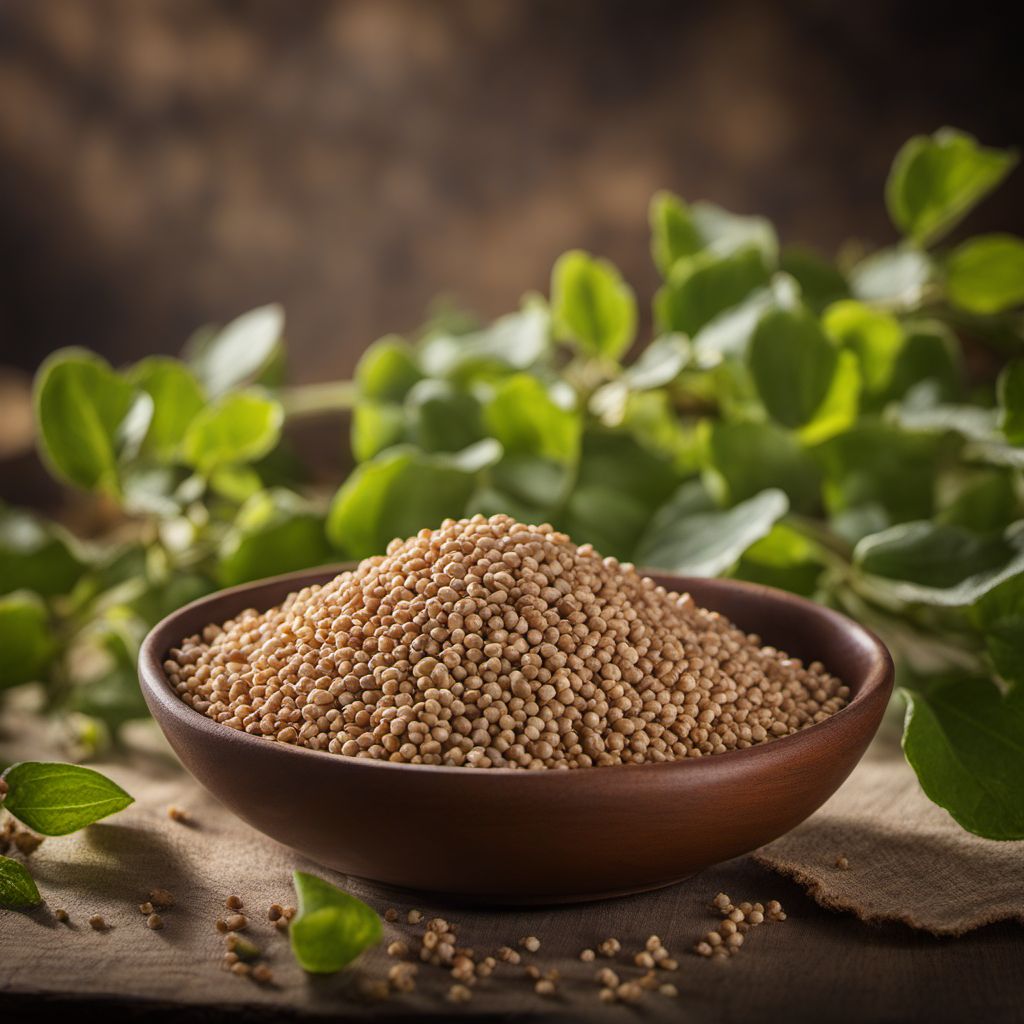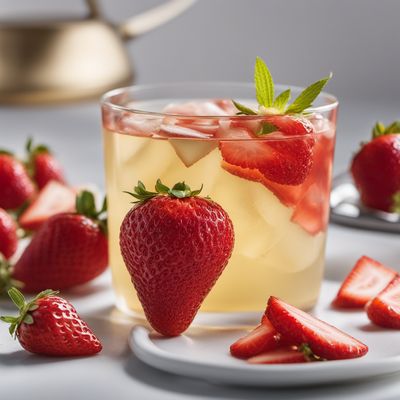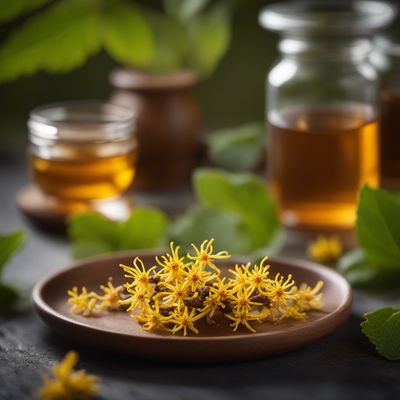
Ingredient
Buckwheat infusion leaves
Nutty Elixir
Buckwheat infusion leaves are dried leaves derived from the buckwheat plant. They have a dark green color and a distinct nutty aroma. When brewed, they produce a flavorful infusion with a toasty, earthy taste and a hint of bitterness.
Origins and history
Buckwheat has a long history of cultivation in Asia, particularly in Japan, where it is a staple food. Buckwheat infusion leaves, or soba cha, have been used in Japanese cuisine for centuries as a tea and as a flavoring agent in various dishes.
Nutritional information
Buckwheat infusion leaves are naturally low in calories and fat. They are a good source of antioxidants, fiber, and minerals such as manganese and magnesium. They also contain rutin, a flavonoid known for its potential health benefits.
Allergens
Buckwheat infusion leaves are gluten-free, making them a suitable alternative for individuals with gluten intolerance or celiac disease. However, cross-contamination may occur during processing, so it is essential to choose certified gluten-free products if necessary.
How to select
To select the best-quality buckwheat infusion leaves, look for leaves that are whole, unbroken, and have a vibrant green color. Avoid leaves that appear dull or have a musty odor, as they may be stale or of lower quality.
Storage recommendations
To maintain the freshness and flavor of buckwheat infusion leaves, store them in an airtight container in a cool, dark place away from moisture and direct sunlight. Proper storage helps preserve their aroma and taste for an extended period.
How to produce
Buckwheat can be grown in home gardens or pots, provided the climate and soil conditions are suitable. It thrives in cool to temperate regions and requires well-draining soil and regular watering. The leaves can be harvested when the plant reaches maturity and dried for later use.
Preparation tips
To prepare buckwheat infusion, steep a handful of leaves in hot water for 5-10 minutes, depending on desired strength. Strain the infusion and enjoy it as a soothing tea. The leaves can also be used as a flavoring agent in soups, stews, or rice dishes for a nutty twist.
Culinary uses
Buckwheat infusion leaves are primarily used to make a flavorful tea known as soba cha in Japan. It is also used as a flavoring agent in various dishes, including soups, noodles, and desserts. The leaves can be ground into a powder and used as a gluten-free flour substitute in baking.
Availability
Buckwheat infusion leaves are commonly available in Japan and other Asian countries. They can also be found in specialty stores or online retailers that offer a wide range of tea and herbal products.
More ingredients from this category » Browse all

Fumitory infusion leaves
The Herbal Elixir: Unveiling Fumitory Infusion Leaves

Yarrow infusion leaves
The Herbal Elixir: Yarrow Infusion Leaves

Bearberry infusion leaves
The Healing Power of Bearberry

Lemon myrtle infusion leaves
The Zesty Elixir: Lemon Myrtle Infusion Leaves

Strawberry infusion leaves
The Fragrant Essence of Strawberry

Chiretta infusion leaves
The Bitter Elixir: Unveiling the Power of Chiretta Infusion Leaves

Ribwort plantain infusion leaves
The Healing Herb: Harnessing the Power of Ribwort Plantain

Boldo infusion leaves
The Ancient Herbal Elixir: Unveiling the Power of Boldo Infusion Leaves

Birch infusion leaves
The Healing Elixir: Birch Infusion Leaves

Horehound infusion leaves
The Bitter Herbal Elixir

Eyebright infusion leaves
The Visionary Herb: Exploring the Benefits of Eyebright Infusion Leaves

Witch hazel infusion leaves
The Natural Elixir: Unveiling the Power of Witch Hazel Infusion Leaves